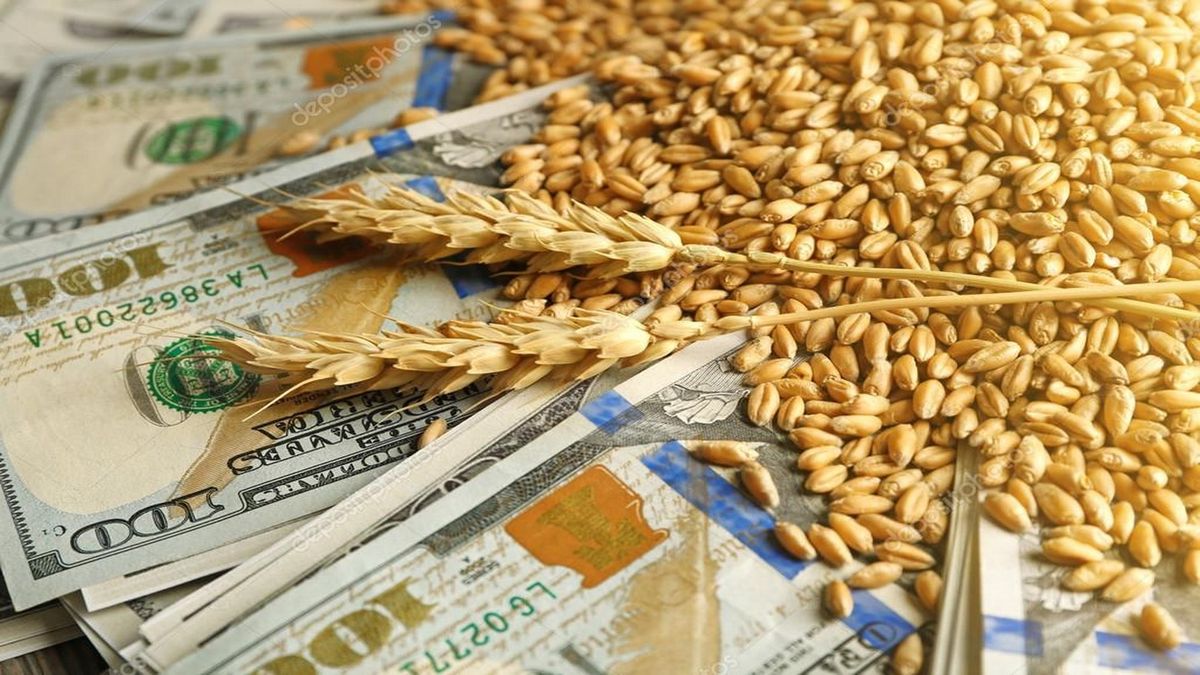In this regard, from the Rosario Stock Exchange they analyze: “The low moisture content in the soil and the lower technology applied to cultivation, in addition to imposing a limit on the area, also reduce the expectation of yields. With a yield trend projection, an average national yield of 31 quintals per hectare can be expected, which would leave a production of 19.1 Mt, 3 Mt less than in 2021/22, but in line with the average of the last 5 cycles. We will have to see the evolution of these crops in the coming months to assess whether this prediction is finally true.”
On the other hand, the total demand for wheat 2022/23 is also expected to decrease, although in a smaller volume than the supply. A consolidated demand of 19.4 million tons is currently estimated, 2.3 million less than in 2021/22. Given that supply will suffer more than demand in the next campaign, final stocks are expected to fall, reaching 1.8 million tons.
“Analysing the expected changes in demand, a lower expected mill consumption is observed (-0.1 Mt), although the main explanatory factor of its fall is the external sector. 2022/23 wheat exports are anticipated at 12.5 million tons, this is 2.2 Mt below what is expected to be shipped during the current campaign. However, one element to clarify is that, although this estimate is based on projected production, there is currently a limitation imposed by the Balance Volume for wheat exports 2022/23 set by the Ministry of Agriculture at 10 million tons. . This volume may be increased if the production projections are confirmed, and the grain destined for the domestic market is sufficient to meet the needs of domestic consumption”, says the Rosario stock market report.
The concrete thing, as Ámbito was able to find out from official sources, is that to the extent that the wheat campaign yields good yields and the supply of cereal in the domestic market is ensured, the initial balance volume set by the Government may be increased in the medium term. term. “The maximum that can be exported is going to be exported”, repeat sources from the Secretary of Agriculture, also making it clear that the main thing is to ensure the supply of the internal market, but that for the moment would be protected.
In short, despite the lower export volume expected for the new campaign, in the preliminary projections, the current FOB prices of Argentine wheat more than compensate for the drop in tons. According to the BCR, it is expected that the value exported by the 2022/23 cereal could be in the order of US$5,000 million, which would constitute a maximum in the records. In addition, if the value of projected flour exports is added to the value exported in grains, there is a total of US$5.2 billion that could enter the country as a result of foreign sales of the wheat chain in 2022/23. .
Finally, another strategic crop for the fine campaign is barley, which according to projections this year is a harvest of around 5.3 million tons. On the demand side, an internal consumption of 1.5 million tons is projected (with 1.15 million destined for malting, 0.25 million tons for animal consumption and balanced and 0.1 million tons as seeds) and exports for 3.9 million tons, growing by 200,000 tons compared to the current campaign as a result of a solid estimated external demand for the cereal.
Thus, if the climate issue finally accompanies and the productive projections become effective, the volume of barley that would be exported in the next cycle would reach a historical record for the country. Lastly, exports of malting and fodder barley would be in a position to reach no less than US$1,529 million in the next campaign, which would also be the best mark in history, just like wheat.
Source: Ambito
David William is a talented author who has made a name for himself in the world of writing. He is a professional author who writes on a wide range of topics, from general interest to opinion news. David is currently working as a writer at 24 hours worlds where he brings his unique perspective and in-depth research to his articles, making them both informative and engaging.




